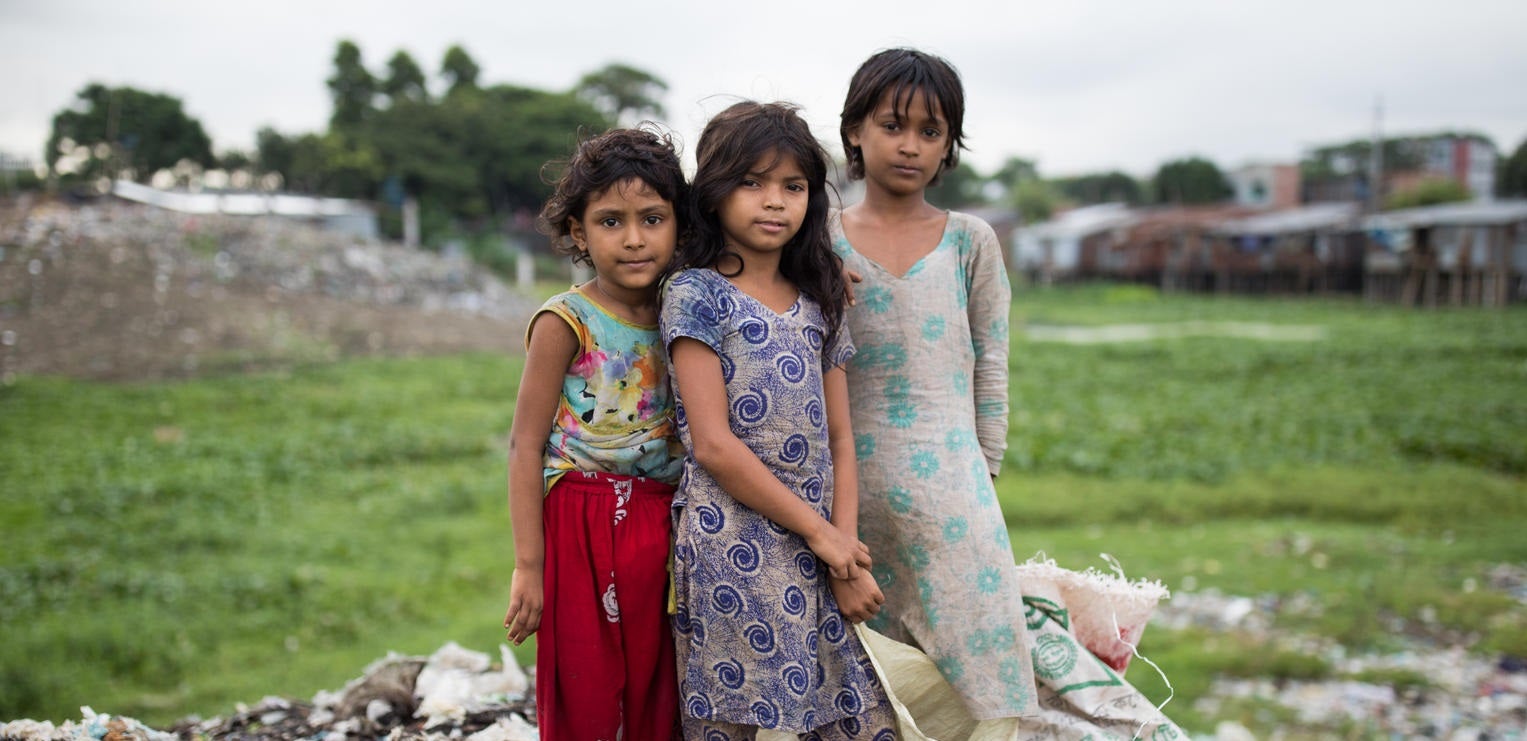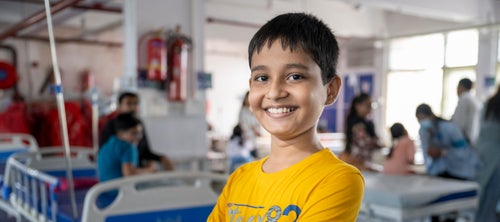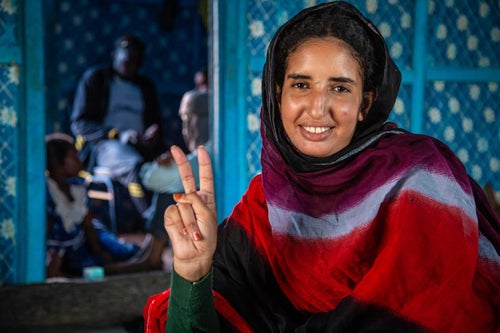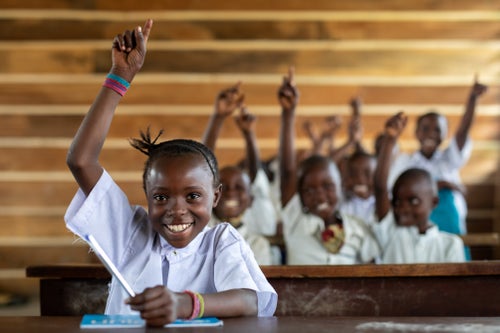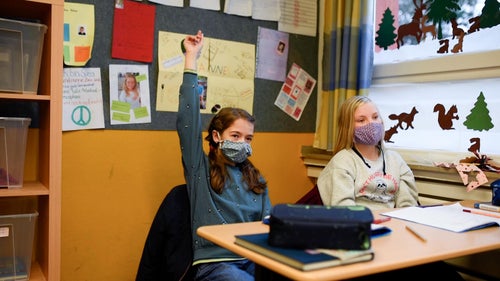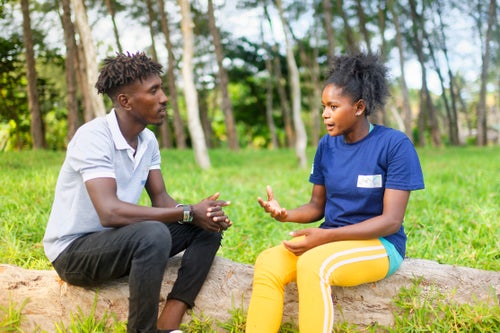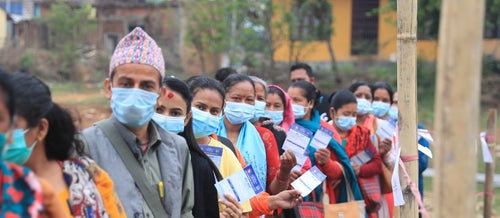No matter how far or difficult, our teams are working to reach everyone with COVID-19 vaccines.
Every year, UNICEF vaccinates half the world's children against preventable diseases. Now, we're taking on COVID-19 as a lead member of the COVAX Initiative to ensure everyone around the world has equitable access to protection. Each day, COVAX and UNICEF are delivering more vaccines around the world. If you're confused about what COVAX is or does, check out our explainer blog here.
As of August 2021, 217.3 million doses of the vaccine have been shipped through COVAX to 138 countries! From the mountains of Chile to remote communities in Uganda, vaccines are protecting communities around the world.
Here are five of our favourite delivery stories so far.
Bhutan
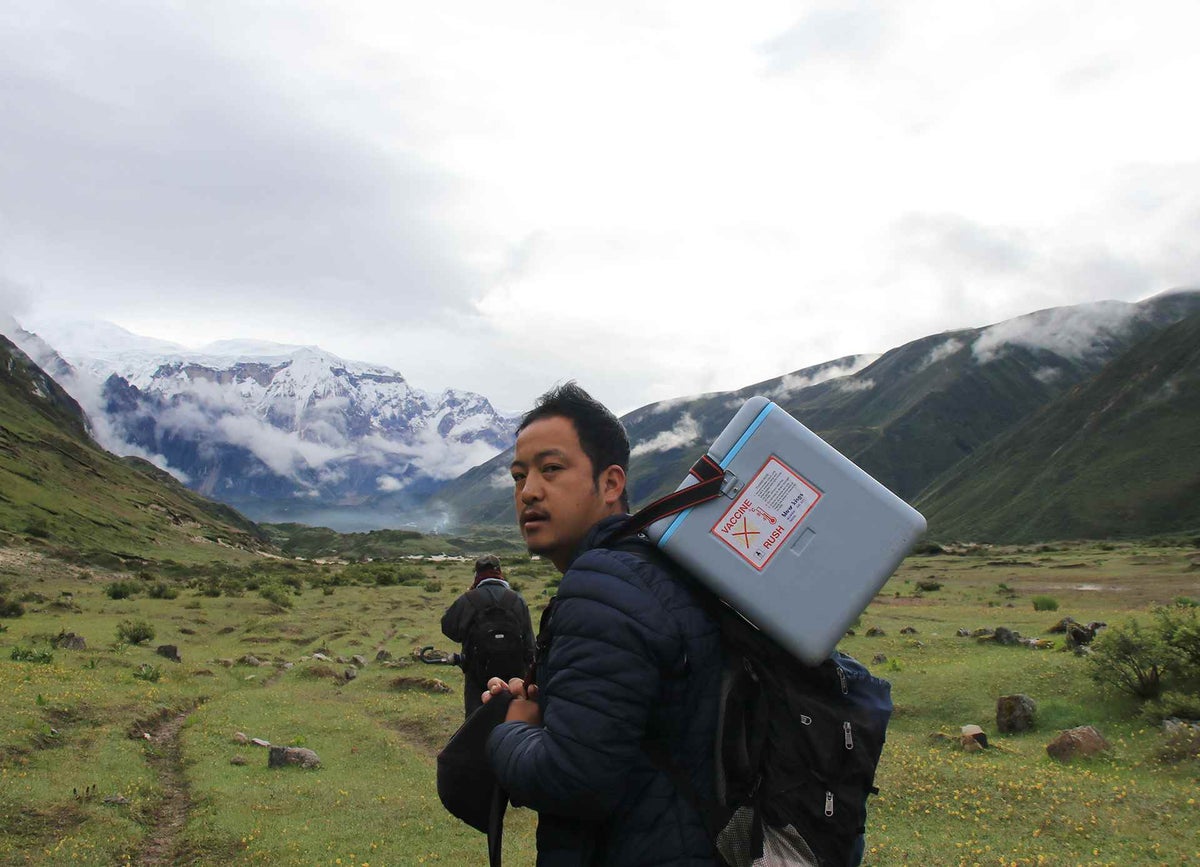
Bhutan, a tiny Himalayan country that sits between India and China, vaccinated nearly every adult in the country in just three weeks earlier this year.
More than 90 per cent of its adult population is fully vaccinated against COVID-19, following an impressive roll-out in July 2021. That's more than 540,000 people in under a month, in some of the world's toughest terrain.
“We were in a monsoon, so there were many, many roadblocks, landslides, rivers that normally you can cross, you can’t, so a lot of the vaccines had to be hand-carried or winched across rivers, taken by helicopter to remote places,” says Dr Will Parks, UNICEF Bhutan representative.
Vaccines were delivered by plane, by foot, and across mountains to ensure that no one was left behind.
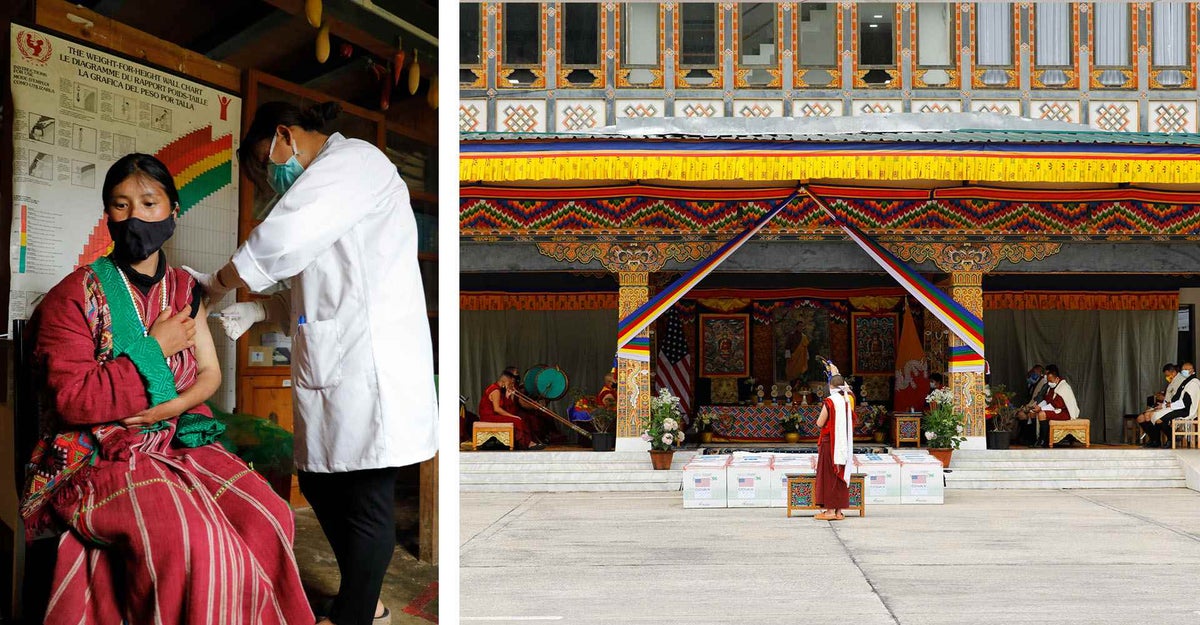
This incredible result is thanks to the COVAX Initiative, which aims to ensure that vaccines are available to all countries around the world, regardless of income level. In July, 500,000 vaccine doses were delivered to Bhutan to support their vaccine roll-out.
India
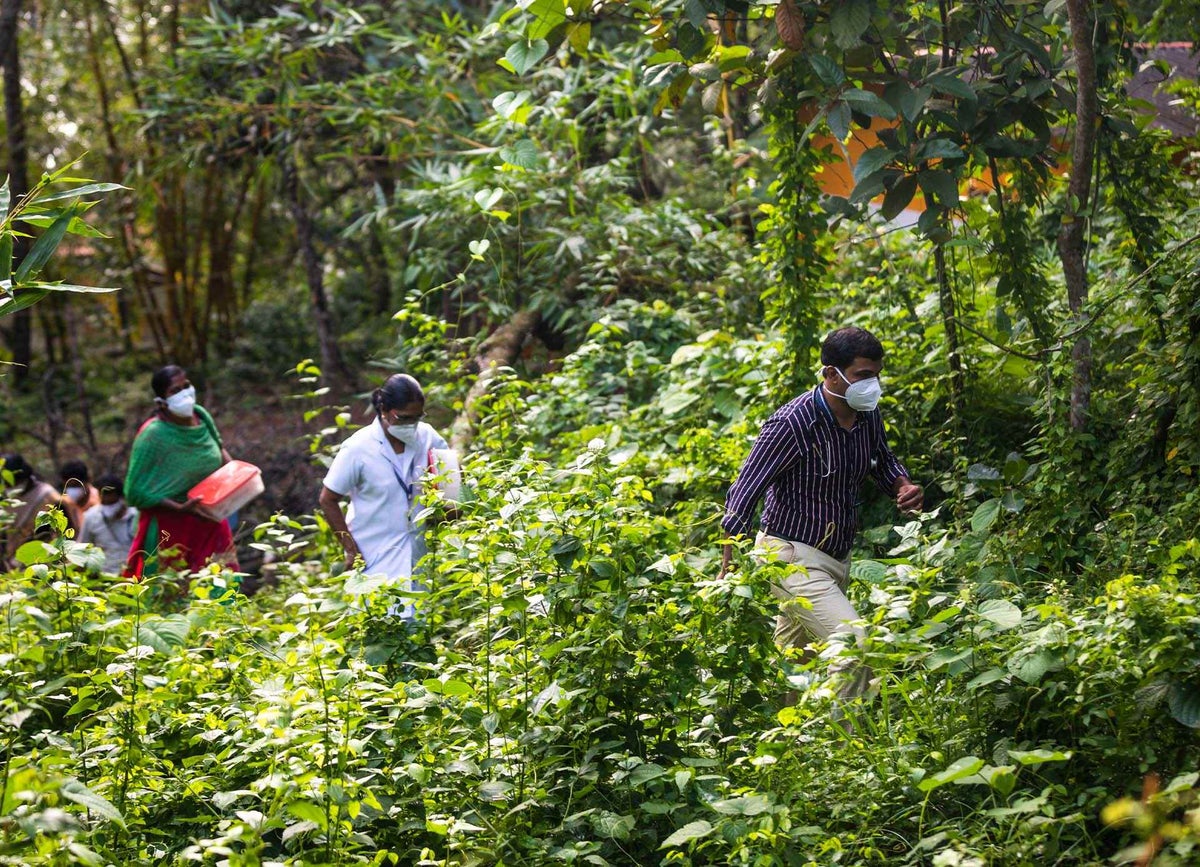
Across mountain and over rivers, nothing will stop our teams from reaching even the most remote families with COVID vaccines.
Here, Dr. Aneesh travels with his team travel to Munroe Island in the south of India. They are on their way to vaccinate palliative care patients. We love this delivery story – it shows how far UNICEF teams and health workers will travel to reach the most vulnerable.
In April 2021, India was gripped by a deadly second wave of COVID-19. Hospitals were overflowing and oxygen was in short supply. With an adult population totalling more than 800 million, the task to vaccinate every community is huge.
As of August 2021, 32 per cent of the population had received their first vaccine dose. With more people rolling up their sleeve every day, Indian communities are protecting themselves and each other against COVID-19.
India is expected to receive 10 million vaccine doses through COVAX this year.

Nepal
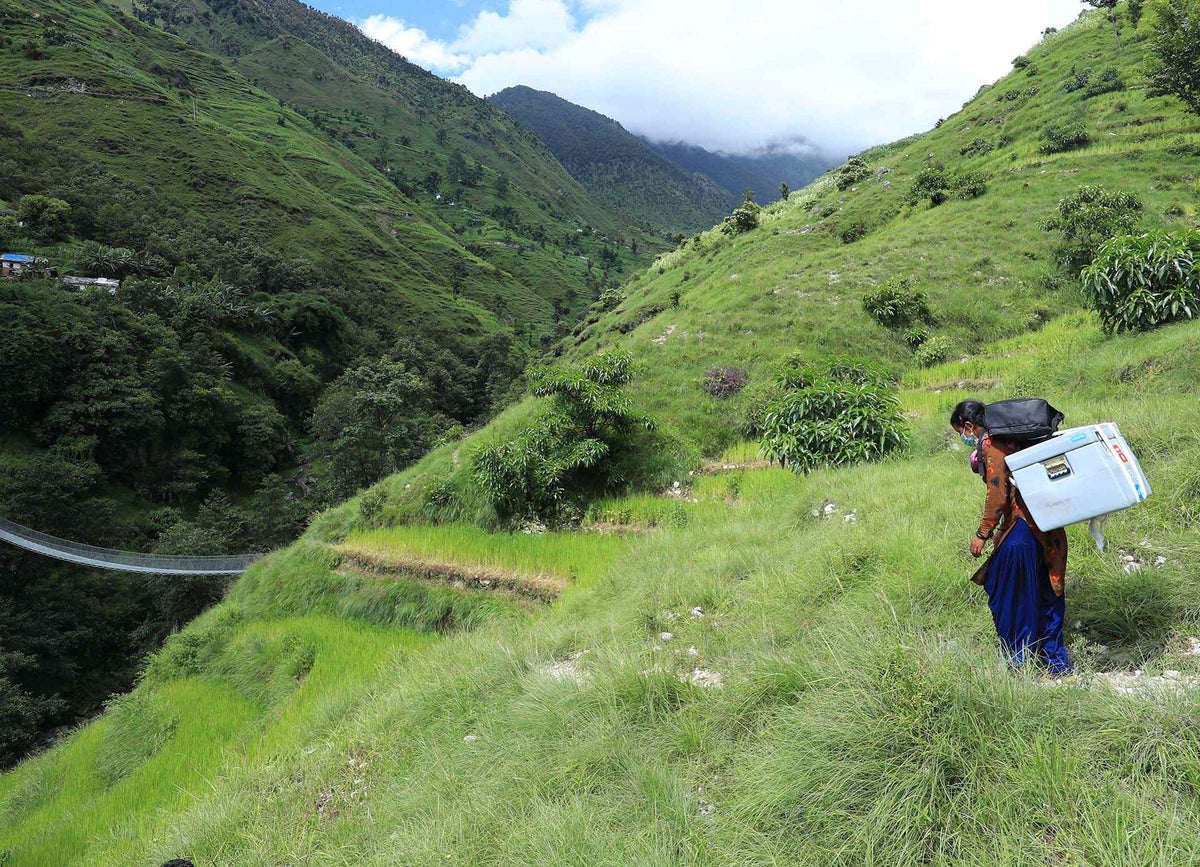
In March, Nepal was among the first countries in Asia to receive COVID-19 vaccines through the COVAX Facility to protect health workers and the most vulnerable against potential outbreaks.
Photos taken by our team in Nepal show the incredible journeys vaccine porters and health workers take to get the vaccine to every corner of the country.
This is possible thanks to decades of work between UNICEF and the government to expand and strengthen the country’s cold chain capacity to keep vaccines safe on their journey.
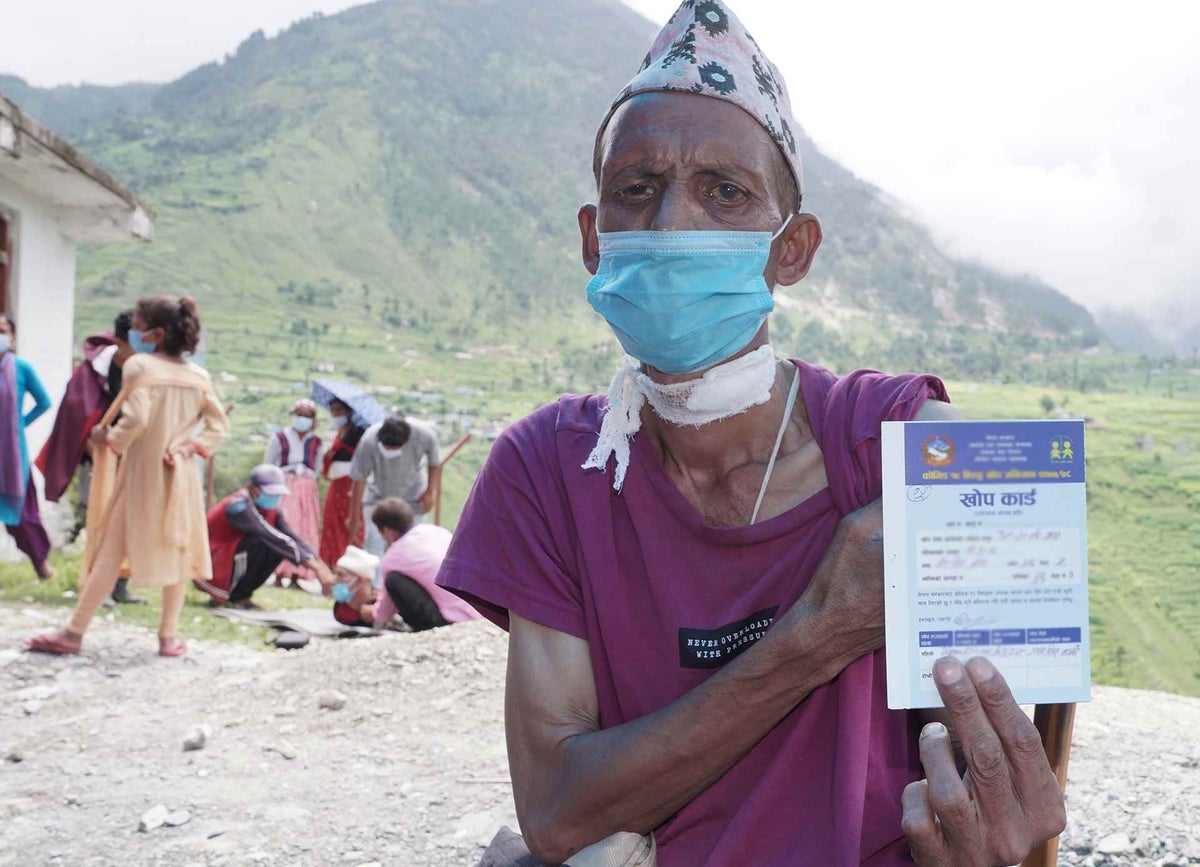
Local Bir, 55, came to get his vaccine. Although most of the elderly people in his family have now been vaccinated, he hopes his sons and daughters will get it soon.
“Everyone should be given a chance to protect themselves,” he says.
Uganda
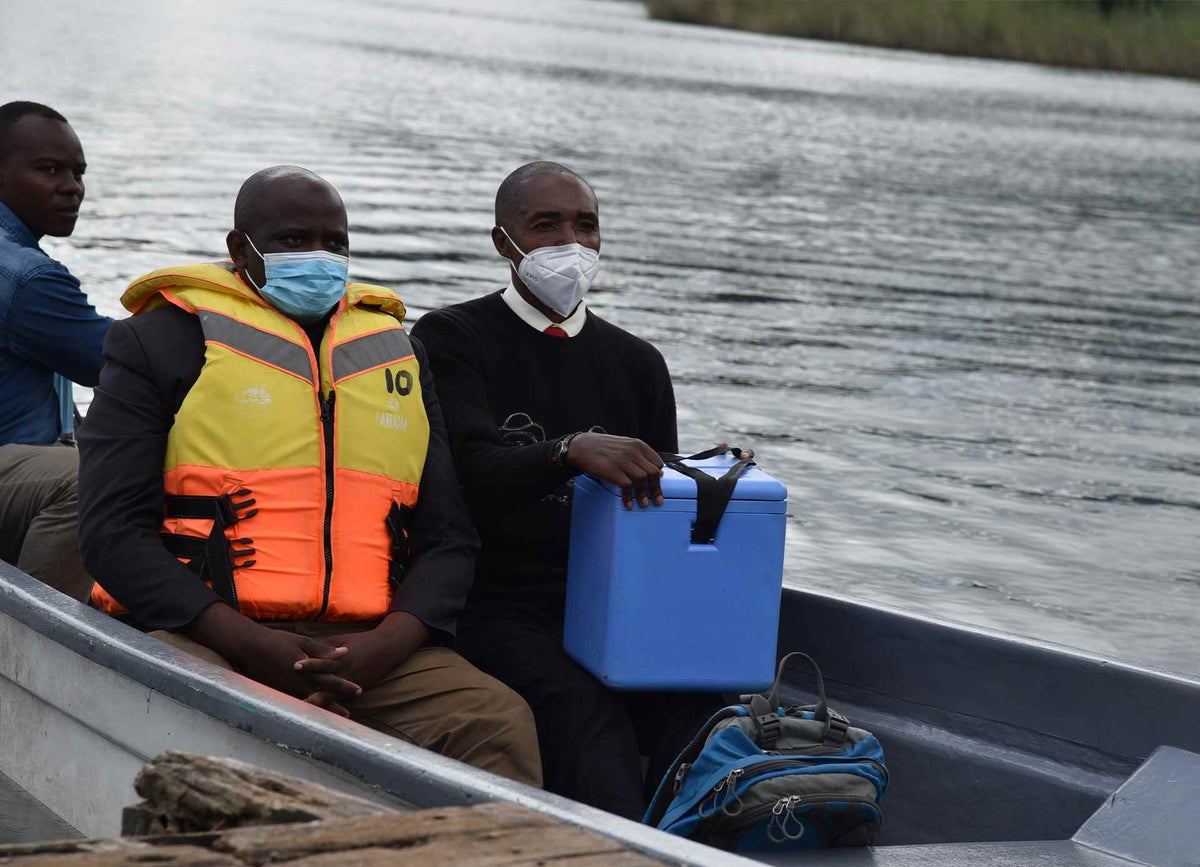
How do our teams reach remote islands? By boat of course! Here, COVID-19 vaccines are being transported across Lake Bunyonyi to Bwama Island.
Aaron, a Science, and Mathematics teacher at a primary school in Bwama could not hide his excitement about his vaccination. Without this delivery, he would have had to travel 10 kilometres to a hospital.
“I am very happy that the vaccines have been brought closer to us,” says Aaron.
“I have even sent two of my boats to go and collect more teachers and other members of the community who are willing to be vaccinated.”
Uganda launched its vaccine rollout in March this year with 864,000 doses through COVAX. To ensure no one is left behind, UNICEF teams helped to fuel the boats to deliver these life-saving vaccines.
Jordan
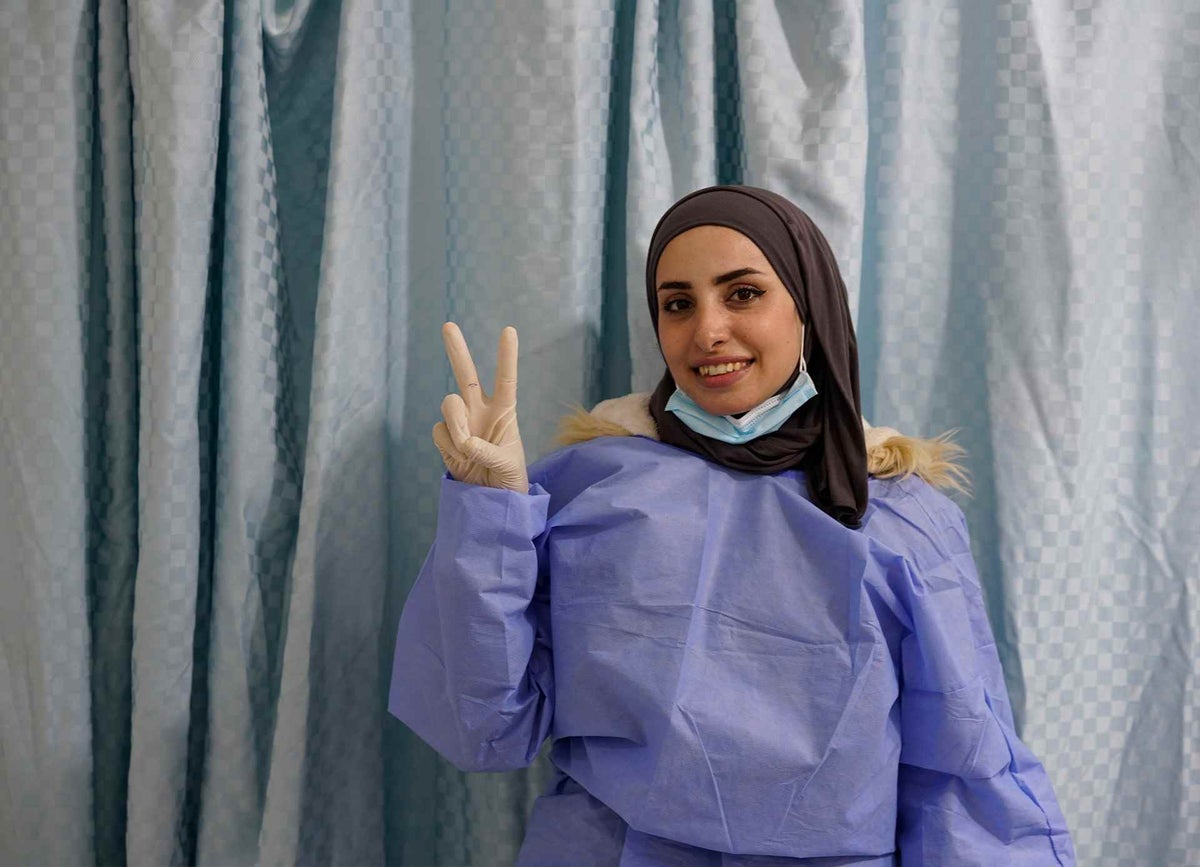
Jordan caught the attention of international media in January 2021 by becoming the first country in the world to start vaccinating refugees. As a result of the civil war in neighbouring Syria, the Kingdom hosts more than 750,000 refugees, the second highest share per capita.
“We all live together regardless of our nationality, and when the virus spreads, it doesn’t distinguish between refugees or Jordanians," says Hanadi, a frontline health worker at Za'atari refugee camp.
"That is why our work is so important — it is for the protection of everyone in Jordan."
So far, Jordan fully vaccinated more than 25 per cent of its population, with 477,750 doses coming through COVAX facility.
UNICEF supports Jordan through the provision of vaccines, health supplies, cold chain equipment and technical expertise, and we have continued our assistance throughout the COVID-19 pandemic.
No one can do everything, but everyone can do something. Our teams won't stop until everyone is vaccinated against COVID-19. Because we’ll only ever be safe, if we’re all safe.
Play your part and help UNICEF deliver 2 billion vaccines by starting a fundraiser to help deliver COVID-19 vaccines, treatments and test kits to people all over the world.
Related articles
Stay up-to-date on UNICEF's work in Australia and around the world


